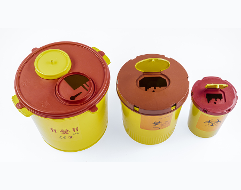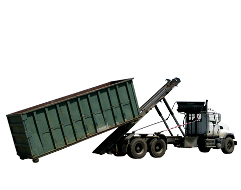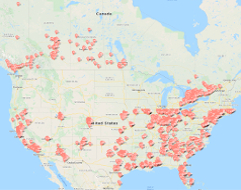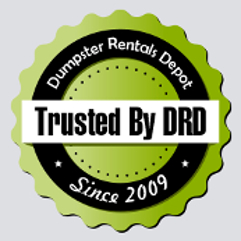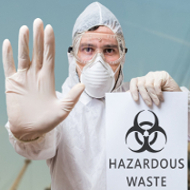Hazardous waste management
Hazardous waste is one of the most harmful by-products of the Industrial Revolution.
No doubt, humankind’s increasing mastery of natural law has resulted in increased life expectancy and a higher quality of life for more people than ever known before it has also brought the risk of global disasters and impairment of human health. Many of the environmental problems we are dealing with today are an accumulation of 200-plus years of inappropriately managing the residuals of our industrial output. Past practices have resulted in tens of thousands of contaminated sites in the United States and, in proportion to industrial output, elsewhere in the world. The global cost of restoring these sites to minimally acceptable levels will eventually run into the hundreds of billions of dollars. In addition, we are facing the cost of dealing with current and future production and use of products in such a way that they do not impair the environment or human health now or in the future.
What are the sources of hazardous waste? Most people associate the generation of hazardous waste with large chemical plants. While chemical manufacturing industry represents a large source, chemical users also cumulatively produce far more. Analytical laboratories at research and educational institutions and even common households generate hazardous waste. A wide range of household products, when discarded, have the characteristics of hazardous waste. Pesticides, paint products, household cleaners, hobby chemicals, and automotive products frequently contain hazardous substances. Some local and state governments have implemented programs to educate the public about household hazardous waste and to operate waste collection programs. Dumpster Rental Depot www.dumpsterrentalsdepot.ca provided this article as part of their community education effort.
In Europe and in the United States, beginning in the 1980s, and gathering pace through the 1990s, efforts have been made to collect household hazardous waste separately so it could be treated with other hazardous waste. Extensive systems for separate collection are well established in most western countries.
Consumers use many products that contain hazardous materials. A partial list of such products divided into general categories includes the following:
Household cleaners: bleach, ammonia, disinfectants, drain opener, furniture polish and wax, oven cleaner, spot remover
Laundry products: laundry detergent, fabric softener, bleach, perchloroethylene
Lawn and garden products: fertilizer, pesticides, herbicides, gasoline, oil
Home maintenance products: paint, paint thinner, stains, varnish, adhesives, caulk
Pesticides: insecticide, mothballs, pet spray and dip, rat and mouse poison, weed killer, disinfectant, flea collars, insect repellent
Health and beauty products: hairspray, hair remover, fingernail polish, fingernail polish remover, hair coloring products, cosmetic, medications
Automotive products: antifreeze, brake fluid, car wax and cleaners, gasoline, oil filters, transmission fluid, wind shield washer fluid, lead-acid batteries, tires
Other: charcoal briquettes, lighter fluid aerosol cans, art and craft materials, lighter fluid, pool chemicals, shoe polish, batteries, electronic components, light bulbs,
Many of these products represent toxic sources and potential impacts on the environment. The risks of pesticide use in the home are relatively large. Between 1981 and 1990, on average 20,000 pesticide exposures a year were reported in emergency rooms throughout the United States, with 82% of those reportedly due to exposure in the home.
Furthermore, many of these products may end up in domestic garbage, collected in disposal bins and placed in landfills. When this happens, the toxic materials represent an additional hazard as they may leach into groundwater and render it unsafe for consumption.
Hazardous wastes must be disposed properly to prevent harm to human health and safety, and to the environment.
The Environmental Protection Agencies strive to protect human health and the environment through collaboration with communities, public organizations and private junk removal and dumpster rental companies, and by so doing, keep our cities and suburbs healthy and beautiful.
The local Environmental Protection Agencies elaborate Hazardous Waste Management Programs and are responsible for providing advice on policy and standards for handling hazardous wastes as reflected in the Hazardous
Waste Regulation Guide
.
- Published: 2010-09-17T05:46:51-07:00
- Author: Laura Schmidt, Dumpster Rentals Customer Supp

